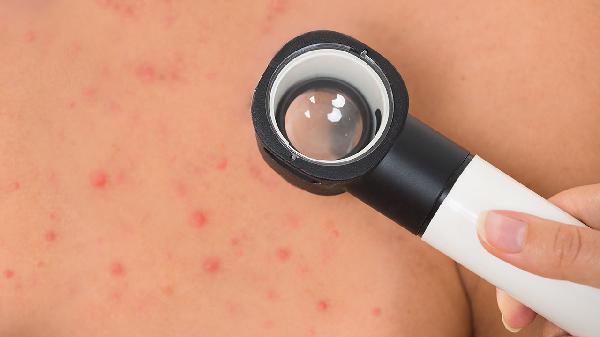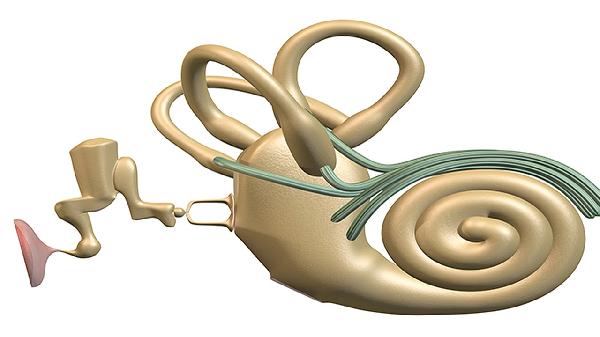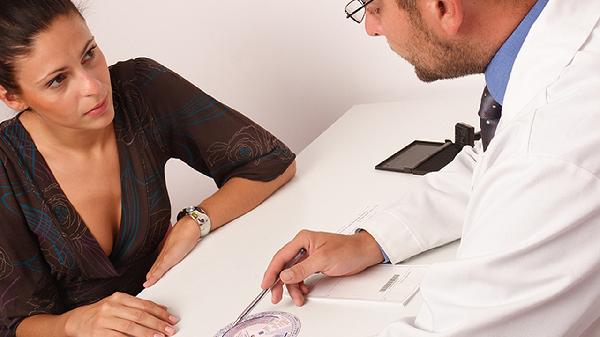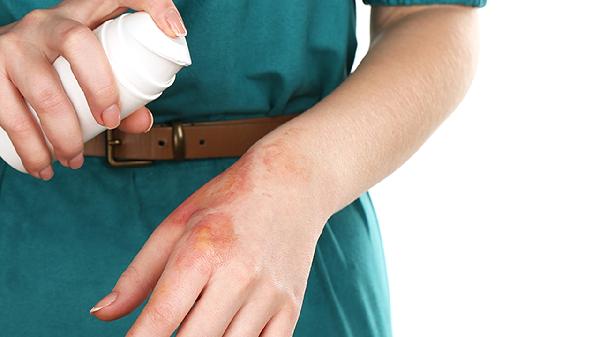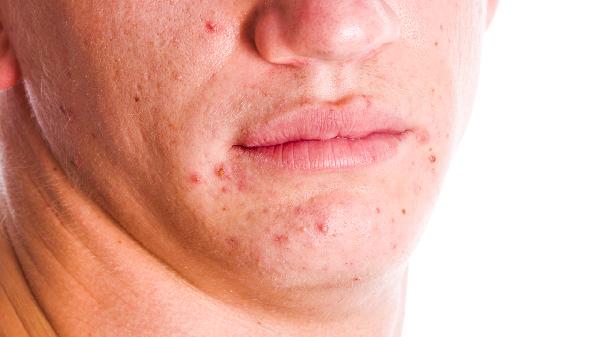Ever wondered why that fourth digit on your hand—the ring finger—gets so much attention beyond just holding your wedding band? Turns out, this finger might be quietly spilling secrets about your overall health, from hormone levels to heart disease risks. Scientists have discovered fascinating links between ring finger length, developmental biology, and long-term wellness that’ll make you look at your hands in a whole new light.
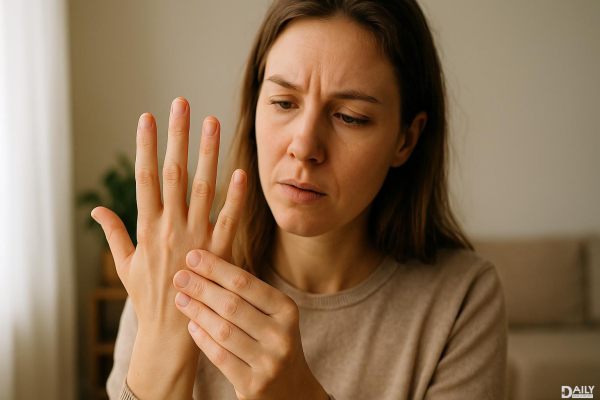
Back in the womb, your ring finger’s fate was sealed by a hormone showdown. High prenatal testosterone exposure typically leads to a longer ring finger compared to the index finger (known as a low "2D:4D ratio"), while more estrogen dominance often results in a shorter ring finger. Researchers can actually predict athletic ability, personality traits, and even certain disease risks based on this ratio. For example, folks with longer ring fingers tend to excel in sports like basketball or soccer—thanks to those early testosterone surges boosting spatial reasoning and aggression. On the flip side, a nearly equal index-to-ring finger length might hint at strengths in verbal communication or memory tasks.
Cardiologists have found that men with shorter ring fingers relative to their index fingers face higher risks of early heart disease—possibly tied to lower testosterone exposure during fetal development. Meanwhile, women with longer ring fingers (indicating higher prenatal testosterone) show increased susceptibility to polycystic ovary syndrome (PCOS), a condition linked to insulin resistance. Some studies even suggest that finger length ratios could help identify individuals prone to osteoarthritis or depression later in life. Before you panic, remember: this isn’t a diagnostic tool, but it’s a wild example of how our bodies leave breadcrumbs about our health long before symptoms appear.
Your ring finger might also be whispering about reproductive health. Women with longer ring fingers often have higher ovarian reserves (more eggs remaining) and respond better to fertility treatments, while men with pronounced ring-finger length tend to produce healthier sperm. There’s even research linking finger ratios to age at puberty onset—another testament to how deeply hormone exposure shapes our biology. Of course, lifestyle factors like diet and exercise play massive roles too, but it’s mind-blowing that a simple finger measurement could hint at fertility potential decades in advance.
Here’s where it gets really intriguing: psychologists have correlated finger length ratios with stress responses and mental resilience. People with longer ring fingers often handle acute stress better (think: calm under pressure during public speaking), possibly due to that prenatal testosterone priming their amygdala differently. Conversely, those with shorter ring fingers may be more vulnerable to anxiety disorders but also show heightened empathy—a trade-off evolution baked into our DNA. Researchers are even exploring connections to ADHD and autism spectrum traits, though these findings remain controversial.
Before you start diagnosing your friends at brunch, it’s crucial to note that finger length ratios are just one tiny piece of the health puzzle—not a crystal ball. Genetics, environment, and lifestyle choices ultimately outweigh these prenatal markers. But the science does offer a compelling argument for paying attention to subtle bodily cues. Next time you glance at your hands, remember: those digits aren’t just for texting or wearing jewelry. They’re a living archive of your earliest biological story, quietly hinting at strengths and vulnerabilities you’ve carried since day one.
So go ahead—measure your index and ring fingers, compare them to a friend’s, and geek out over what the ratios might suggest. Just don’t cancel your annual physical over it. After all, even the most fascinating bodily quirks can’t replace actual medical advice… but they sure make for killer trivia night fodder.

